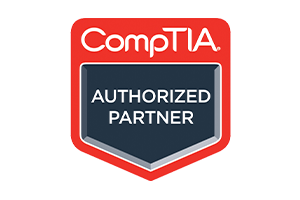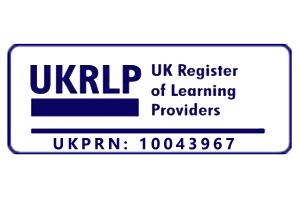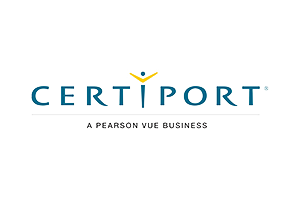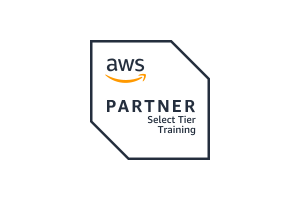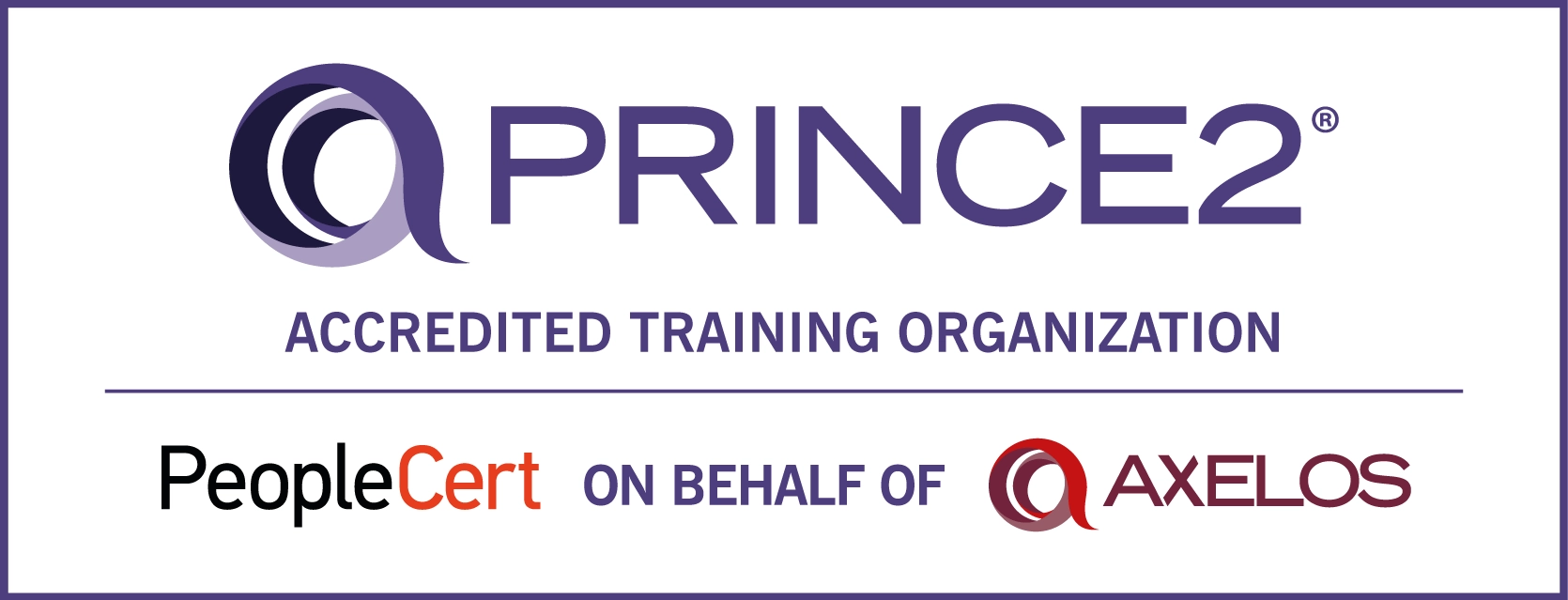The CISM job practice consists of task and knowledge statements,
organized by domains. The CISM exam contains 150 questions and
covers four information security management areas, each of which is
further defined and detailed through Task & Knowledge statements.
The job practice areas and statements were approved by the CISM
Certification Working Group and represent a job practice analysis of
the work performed by information security managers as validated by
prominent industry leaders, subject matter experts, and industry
practitioners.
Below are the key domains, subtopics and tasks candidates will be
tested on through 31 May 2022:
Domain 1—Information Security Governance - (24%)
Establish and/or maintain an information security governance
framework and supporting processes to ensure that the information
security strategy is aligned with organizational goals and
objectives.
Task Statements
| 1.1 |
Establish and/or
maintain an information security strategy in alignment
with organizational goals and objectives to guide the
establishment and/or ongoing management of the
information security program. |
| 1.2 |
Establish and/or
maintain an information security governance framework to
guide activities that support the information security
strategy. |
| 1.3 |
Integrate information
security governance into corporate governance to ensure
that organizational goals and objectives are supported
by the information security program. |
| 1.4 |
Establish and maintain
information security policies to guide the development
of standards, procedures and guidelines in alignment
with enterprise goals and objectives. |
| 1.5 |
Develop business cases
to support investments in information security. |
| 1.6 |
Identify internal and
external influences to the organization (e.g., emerging
technologies, social media, business environment, risk
tolerance, regulatory requirements, third-party
considerations, threat landscape) to ensure that these
factors are continually addressed by the information
security strategy. |
| 1.7 |
Gain ongoing commitment
from senior leadership and other stakeholders to support
the successful implementation of the information
security strategy. |
| 1.8 |
Define, communicate, and
monitor information security responsibilities throughout
the organization (e.g., data owners, data custodians,
end-users, privileged or high-risk users) and lines of
authority. |
| 1.9 |
Establish, monitor,
evaluate and report key information security metrics to
provide management with accurate and meaningful
information regarding the effectiveness of the
information security strategy. |
Knowledge Statements
| k1.1 |
Knowledge of techniques
used to develop an information security strategy (e.g.,
SWOT [strengths, weaknesses, opportunities, threats]
analysis, gap analysis, threat research) |
| k1.2 |
Knowledge of the
relationship of information security to business goals,
objectives, functions, processes and practices. |
| k1.3 |
Knowledge of available
information security governance frameworks. |
| k1.4 |
Knowledge of globally
recognized standards, frameworks and industry best
practices related to information security governance and
strategy development. |
| k1.5 |
Knowledge of the
fundamental concepts of governance and how they relate
to information security. |
| k1.6 |
Knowledge of methods to
assess, plan, design and implement an information
security governance framework. |
| k1.7 |
Knowledge of methods to
integrate information security governance into corporate
governance. |
| k1.8 |
Knowledge of
contributing factors and parameters (e.g.,
organizational structure and culture, tone at the top,
regulations) for information security policy development
|
| k1.9 |
Knowledge of content in,
and techniques to develop, business cases. |
| k1.10 |
Knowledge of strategic
budgetary planning and reporting methods. |
| k1.11 |
Knowledge of the
internal and external influences to the organization
(e.g., emerging technologies, social media, business
environment, risk tolerance, regulatory requirements,
third-party considerations, threat landscape) and how
they impact the information security strategy. |
| k1.12 |
Knowledge of key
information needed to obtain commitment from senior
leadership and support from other stakeholders (e.g.,
how information security supports organizational goals
and objectives, criteria for determining successful
implementation, business impact). |
| k1.13 |
Knowledge of methods and
considerations for communicating with senior leadership
and other stakeholders (e.g., organizational culture,
channels of communication, highlighting essential
aspects of information security). |
| k1.14 |
Knowledge of roles and
responsibilities of the information security manager.
|
| k1.15 |
Knowledge of
organizational structures, lines of authority and
escalation points. |
| k1.16 |
Knowledge of information
security responsibilities of staff across the
organization (e.g., data owners, end-users, privileged
or high-risk users) |
| k1.17 |
Knowledge of processes
to monitor performance of information security
responsibilities. |
| k1.18 |
Knowledge of methods to
establish new, or utilize existing, reporting and
communication channels throughout an organization. |
| k1.19 |
Knowledge of methods to
select, implement and interpret key information security
metrics (e.g., key performance indicators [KPIs] or key
risk indicators [KRIs]). |
Domain 2—Information Risk Management - (30%)
Manage information risk to an acceptable level based on risk appetite
in order to meet organizational goals and objectives.
Task Statements
| 2.1 |
Establish and/or
maintain a process for information asset classification
to ensure that measures taken to protect assets are
proportional to their business value. |
| 2.2 |
Identify legal,
regulatory, organizational and other applicable
requirements to manage the risk of noncompliance to
acceptable levels. |
| 2.3 |
Ensure that risk
assessments, vulnerability assessments and threat
analyses are conducted consistently, at appropriate
times, and to identify and assess risk to the
organization’s information. |
| 2.4 |
Identify, recommend or
implement appropriate risk treatment/response options to
manage risk to acceptable levels based on organizational
risk appetite. |
| 2.5 |
Determine whether
information security controls are appropriate and
effectively manage risk to an acceptable level. |
| 2.6 |
Facilitate the
integration of information risk management into business
and IT processes (e.g., systems development,
procurement, project management) to enable a consistent
and comprehensive information risk management program
across the organization. |
| 2.7 |
Monitor for internal and
external factors (e.g., key risk indicators [KRIs],
threat landscape, geopolitical, regulatory change) that
may require reassessment of risk to ensure that changes
to existing, or new, risk scenarios are identified and
managed appropriately. |
| 2.8 |
Report noncompliance and
other changes in information risk to facilitate the risk
management decision-making process. |
| 2.9 |
Ensure that information
security risk is reported to senior management to
support an understanding of potential impact on the
organizational goals and objectives. |
Knowledge Statements
| k2.1 |
Knowledge of methods to
establish an information asset classification model
consistent with business objectives. |
| k2.2 |
Knowledge of
considerations for assigning ownership of information
assets and risk. |
| k2.3 |
Knowledge of methods to
identify and evaluate the impact of internal or external
events on information assets and the business. |
| k2.4 |
Knowledge of methods
used to monitor internal or external risk factors. |
| k2.5 |
Knowledge of information
asset valuation methodologies. |
| k2.6 |
Knowledge of legal,
regulatory, organizational and other requirements
related to information security. |
| k2.7 |
Knowledge of reputable,
reliable and timely sources of information regarding
emerging information security threats and
vulnerabilities. |
| k2.8 |
Knowledge of events that
may require risk reassessments and changes to
information security program elements. |
| k2.9 |
Knowledge of information
threats, vulnerabilities and exposures and their
evolving nature. |
| k2.10 |
Knowledge of risk
assessment and analysis methodologies. |
| k2.11 |
Knowledge of methods
used to prioritize risk scenarios and risk
treatment/response options. |
| k2.12 |
Knowledge of risk
reporting requirements (e.g., frequency, audience,
content). |
| k2.13 |
Knowledge of risk
treatment/response options (avoid, mitigate, accept or
transfer) and methods to apply them. |
| k2.14 |
Knowledge of control
baselines and standards and their relationships to risk
assessments. |
| k2.15 |
Knowledge of information
security controls and the methods to analyze their
effectiveness. |
| k2.16 |
Knowledge of gap
analysis techniques as related to information security.
|
| k2.17 |
Knowledge of techniques
for integrating information security risk management
into business and IT processes. |
| k2.18 |
Knowledge of compliance
reporting requirements and processes. |
| k2.19 |
Knowledge of
cost/benefit analysis to assess risk treatment options.
|
.
Domain 3—Information Security Program Development and Management -
(27%)
Develop and maintain an information security program that identifies,
manages and protects the organization’s assets while aligning to
information security strategy and business goals, thereby supporting
an effective security posture.
Task Statements
| 3.1 |
Establish and/or
maintain the information security program in alignment
with the information security strategy. |
| 3.2 |
Align the information
security program with the operational objectives of
other business functions (e.g., human resources [HR],
accounting, procurement and IT) to ensure that the
information security program adds value to and protects
the business. |
| 3.3 |
Identify, acquire and
manage requirements for internal and external resources
to execute the information security program. |
| 3.4 |
Establish and maintain
information security processes and resources (including
people and technologies) to execute the information
security program in alignment with the organization’s
business goals. |
| 3.5 |
Establish, communicate
and maintain organizational information security
standards, guidelines, procedures and other
documentation to guide and enforce compliance with
information security policies. |
| 3.6 |
Establish, promote and
maintain a program for information security awareness
and training to foster an effective security culture.
|
| 3.7 |
Integrate information
security requirements into organizational processes
(e.g., change control, mergers and acquisitions, system
development, business continuity, disaster recovery) to
maintain the organization’s security strategy. |
| 3.8 |
Integrate information
security requirements into contracts and activities of
third parties (e.g., joint ventures, outsourced
providers, business partners, customers) and monitor
adherence to established requirements in order to
maintain the organization’s security strategy. |
| 3.9 |
Establish, monitor and
analyze program management and operational metrics to
evaluate the effectiveness and efficiency of the
information security program. |
| 3.10 |
Compile and present
reports to key stakeholders on the activities, trends
and overall effectiveness of the IS program and the
underlying business processes in order to communicate
security performance. |
Knowledge Statements
| k3.1 |
Knowledge of methods to
align information security program requirements with
those of other business functions |
| k3.2 |
Knowledge of methods to
identify, acquire, manage and define requirements for
internal and external resources |
| k3.3 |
Knowledge of current and
emerging information security technologies and
underlying concepts |
| k3.4 |
Knowledge of methods to
design and implement information security controls |
| k3.5 |
Knowledge of information
security processes and resources (including people and
technologies) in alignment with the organization’s
business goals and methods to apply them |
| k3.6 |
Knowledge of methods to
develop information security standards, procedures and
guidelines |
| k3.7 |
Knowledge of
internationally recognized regulations, standards,
frameworks and best practices related to information
security program development and management |
| k3.8 |
Knowledge of methods to
implement and communicate information security policies,
standards, procedures and guidelines |
| k3.9 |
Knowledge of training,
certifications and skill set development for information
security personnel |
| k3.10 |
Knowledge of methods to
establish and maintain effective information security
awareness and training programs |
| k3.11 |
Knowledge of methods to
integrate information security requirements into
organizational processes (e.g., access management,
change management, audit processes) |
| k3.12 |
Knowledge of methods to
incorporate information security requirements into
contracts, agreements and third-party management
processes |
| k3.13 |
Knowledge of methods to
monitor and review contracts and agreements with third
parties and associated change processes as required |
| k3.14 |
Knowledge of methods to
design, implement and report operational information
security metrics |
| k3.15 |
Knowledge of methods for
testing the effectiveness and efficiency of information
security controls |
| k3.16 |
Knowledge of techniques
to communicate information security program status to
key stakeholders |
Domain 4— Information Security Incident Management - (19%)
Plan, establish and manage the capability to detect, investigate,
respond to and recover from information security incidents to
minimize business impact.
Task Statements
| 4.1 |
Establish and maintain
an organizational definition of, and severity hierarchy
for, information security incidents to allow accurate
classification and categorization of and response to
incidents. |
| 4.2 |
Establish and maintain
an incident response plan to ensure an effective and
timely response to information security incidents. |
| 4.3 |
Develop and implement
processes to ensure the timely identification of
information security incidents that could impact the
business. |
| 4.4 |
Establish and maintain
processes to investigate and document information
security incidents in order to determine the appropriate
response and cause while adhering to legal, regulatory
and organizational requirements. |
| 4.5 |
Establish and maintain
incident notification and escalation processes to ensure
that the appropriate stakeholders are involved in
incident response management. |
| 4.6 |
Organize, train and
equip incident response teams to respond to information
security incidents in an effective and timely manner.
|
| 4.7 |
Test, review and revise
(as applicable) the incident response plan periodically
to ensure an effective response to information security
incidents and to improve response capabilities. |
| 4.8 |
Establish and maintain
communication plans and processes to manage
communication with internal and external entities. |
| 4.9 |
Conduct post-incident
reviews to determine the root cause of information
security incidents, develop corrective actions, reassess
risk, evaluate response effectiveness and take
appropriate remedial actions. |
| 4.10 |
Establish and maintain
integration among the incident response plan, business
continuity plan and disaster recovery plan. |
Knowledge Statements
| k4.1 |
Knowledge of incident
management concepts and practices. |
| k4.2 |
Knowledge of the
components of an incident response plan. |
| k4.3 |
Knowledge of business
continuity planning (BCP) and disaster recovery planning
(DRP) and their relationship to the incident response
plan. |
| k4.4 |
Knowledge of incident
classification/categorization methods. |
| k4.5 |
Knowledge of incident
containment methods to minimize adverse operational
impact. |
| k4.6 |
Knowledge of
notification and escalation processes. |
| k4.7 |
Knowledge of the roles
and responsibilities in identifying and managing
information security incidents. |
| k4.8 |
Knowledge of the types
and sources of training, tools and equipment required to
adequately equip incident response teams. |
| k4.9 |
Knowledge of forensic
requirements and capabilities for collecting, preserving
and presenting evidence (e.g., admissibility, quality
and completeness of evidence, chain of custody). |
| k4.10 |
Knowledge of internal
and external incident reporting requirements and
procedures. |
| k4.11 |
Knowledge of
post-incident review practices and investigative methods
to identify root causes and determine corrective
actions. |
| k4.12 |
Knowledge of techniques
to quantify damages, costs and other business impacts
arising from information security incidents. |
| k4.13 |
Knowledge of
technologies and processes to detect, log, analyze and
document information security events. |
| k4.14 |
Knowledge of internal
and external resources available to investigate
information security incidents. |
| k4.15 |
Knowledge of methods to
identify and quantify the potential impact of changes
made to the operating environment during the incident
response process. |
| k4.16 |
Knowledge of techniques
to test the incident response plan. |
| k4.17 |
Knowledge of applicable
regulatory, legal and organization requirements. |
| k4.18 |
Knowledge of key
indicators/metrics to evaluate the effectiveness of the
incident response plan. |
